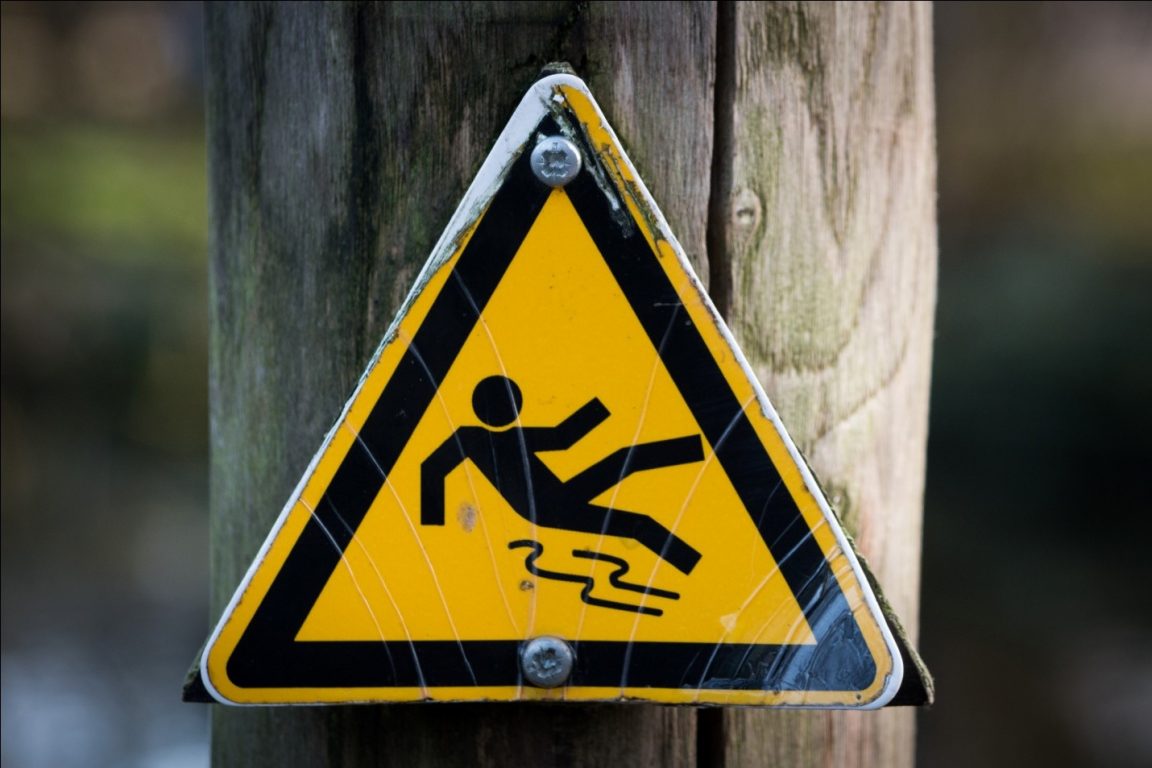Getting injured after a slip and fall accident at work is not something you ordinarily plan for. A person may sustain different types of injuries in a slip and fall accident, including spinal injuries, fractures, and head trauma. Slip and fall accidents can happen to anyone at any time. There are several important steps a person must take immediately after a slip and fall accident. These steps will help to prove your case and obtain the best possible claim for your benefit.
What Should You Do After a Slip and Fall Accident at Work?
Understanding what you need to do after a slip and fall accident will help you take the necessary measure to get a fair recovery for your losses. If you slipped and fell at work due to someone else’s negligence or poor working conditions, you will have grounds to file for a claim.
Step 1: Seek Medical Attention for the Slip and Fall Accident
Seeking quick medical attention is imperative to building a strong case. It is also the first step to recovery. When you get hurt, the first thing you should do is document everything and gather evidence. In order to create a full record of your injuries, visiting a doctor should be your first priority.
Seeking immediate medical attention also proves the timing and depth of your injuries. The defense may try to deny the claim on the basis of your injuries being less serious or not being documented on time. A medical expert can ensure that all of your injuries are highlighted. Therefore, accounting for your injuries is critical to recovery and building a strong case.
Step 2: Inspect the Scene of the Slip and Fall
The next step is to inspect the building or the workplace and determine what caused you to slip and fall. Was there an object in the way that someone could easily tri over? Was the floor wet? Were you working in poor working conditions without adequate safety measures? Did your employer let too many workers in one place at once?
The perfect time to narrow down the cause of the accident is instantaneously after the event has occurred. This way, you can work backward and figure out what your employer should have done to prevent you from falling.
Step 3: Take Photographs and Record Videos
While the jury will certainly listen to the statements of witnesses and the police, you should also take photographs or record videos of the accident. If you are uncertain about what to capture, simply record videos of the scene and the surroundings. Your lawyer can later determine what is important and good enough to build the case. Remember to take pictures of the precise location of where you fell. Photograph everything, including icy patches, wet floor, chairs, and other objects in the way.
Pictures and videos are critical to present as evidence in order to depict the most accurate version of events from your perspective. Plus, you should also write down exactly what you were doing before you fell and how you fell down. Don’t forget to note the time and the date too! However, if you have sustained serious injuries, it is best to skip this step and seek immediate medical attention.
Step 4: Know the Witnesses
It is important to have witnesses who can verify and vouch for your version of events. For example, other employees or perhaps customers could be your witnesses. You should try to gather the contact information of the witnesses so that you can ask them to testify on your behalf. You can even inquire about what they saw so that you know they are on the same page.
It is best to hire an attorney because witnesses tend to feel more comfortable and secure when a lawyer approaches them on your behalf. Having witnesses on your side can prevent the defense from trying to deny a fair compensation claim. You should consider collecting the names, email addresses, contact numbers, and addresses of all potential witnesses.
Step 5: Deny Giving Statements
Limit your communication with everyone around and stay calm. Do not speak to the owner of the building or the manager without the presence of an attorney. More importantly, do not post details about the accident or the scene to social media; this could cause problems later. In addition, do not speak to the insurance company’s representatives unless an attorney is present with you. You must not accept blame from anyone, nor should you start blaming others.
The company may want you to file a report for business records. Go ahead and fill out the report and be sure to include all of the relevant details. It would be better if you show the report to your lawyer before sending it through to ensure that there are no ambiguities. Having a report can be a critical part of the claim process as it will show the defense that you are taking the accident seriously and want fair compensation for the damages.
Step 6: Hire an Attorney
Keep in mind that the goal of the other side is to pay you as little as possible. The insurance company or the other party involved might twist your words or bring you out of context. To prevent this from happening, it is best to hire a qualified and experienced attorney who can assist you throughout the process and fight your battles for you.
Besides, it can be very challenging and overwhelming to deal with all the paperwork. An expert lawyer will know how to deal with the insurance company and has the power to handle the negotiation process. They can also help you understand the technical terminologies of an insurance policy as well as comprehend other important details of the incident that a layman can’t.
Conclusion
The sooner you work with an experienced attorney, the better. An attorney has the right qualification and skills to handle slip and fall accidents. A personal injury lawyer will help you achieve the best possible compensation for your losses.


